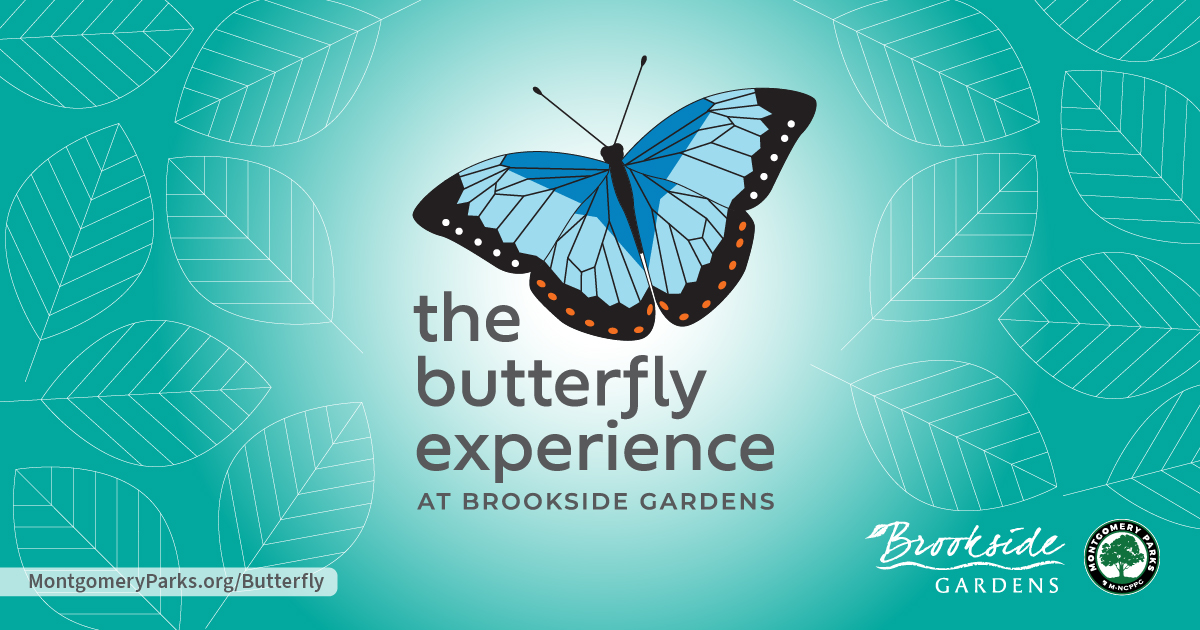What are the dates for The Butterfly Experience?
The Butterfly Experience runs April 10- September 21, 2025. The hours of operation are as follows:
April 10- June 30, 2025 10 am to 4 pm daily
July 1 – August 31, 2025 10 am to 1 pm weekdays
10 am to 4 pm weekends
September 1-21, 2025 10 am to 4pm daily
How much is admission to The Butterfly Experience?
Everyone must have a ticket. Tickets prices are as follows:
Under age 3: Free
Ages 3 to 12: $10.57 (ticket fee $9 plus $1.57 service charge)
Ages 13+: $15.86 (ticket fee $14 plus $1.86 service charge)
How do I purchase tickets?
Tickets are timed entry and must be purchased online. As tickets are limited, advanced purchase is recommended to ensure availability.
So, I purchased my tickets. What do I do when I arrive?
Please plan on arriving prior to your scheduled entry time. Ticketholders will have 20 minutes to explore The Butterfly Experience. Have the QR code readily available for staff to scan at the Butterfly Experience entrance adjacent to the Conservatory.
Are tickets refundable? Are service fees refundable?
All ticket sales are final and nonrefundable. The service fees from Ticketsauce, the online platform, are nonrefundable as well. In the event of extreme weather Brookside Gardens may close The Butterfly Experience for the safety of visitors, volunteers, and staff. In this situation, all tickets would be refunded within 5 days of the closure.
How do I exchange tickets for a different date?
-
- Select “View and Manage Order” on your email (subject Tickets: The Butterfly Experience at Brookside Gardens)
- Scroll to “Manage Order” and select “Exchange Ticket”.
- Choose “Activity” as “The Butterfly Experience” then select the preferred date and time.
- Choose “Select” and then “Continue” at the bottom of the window
You’ll return to the “Manage Order” to repeat the above steps for all tickets in your order.
- Select “Checkout” and then select “Submit Exchange”.
You will be automatically returned to the “Manage Order” page where you can view your tickets and confirm that you have the correct date. Tickets may only be exchanged one time.
If you have any questions, email Ticketsauce at support@event-help.com
Please keep these things in mind when exchanging tickets for a different date:
You cannot exchange your tickets when viewing them through a third party such as apple pay or PayPal.
You can only exchange your tickets up to 10:00 am the day of your scheduled event.
Once the date of your ticket has occurred, you can no longer exchange your ticket. The Butterfly Experience tickets are nonrefundable.
